Formula 1 has seen many cars that not only dominated their respective seasons but also left a lasting impact on the sport. These machines, through their innovative designs and engineering prowess, have become icons in the racing world. Let’s take a closer look at eight such legendary F1 cars that defined entire seasons.
McLaren MP4/4
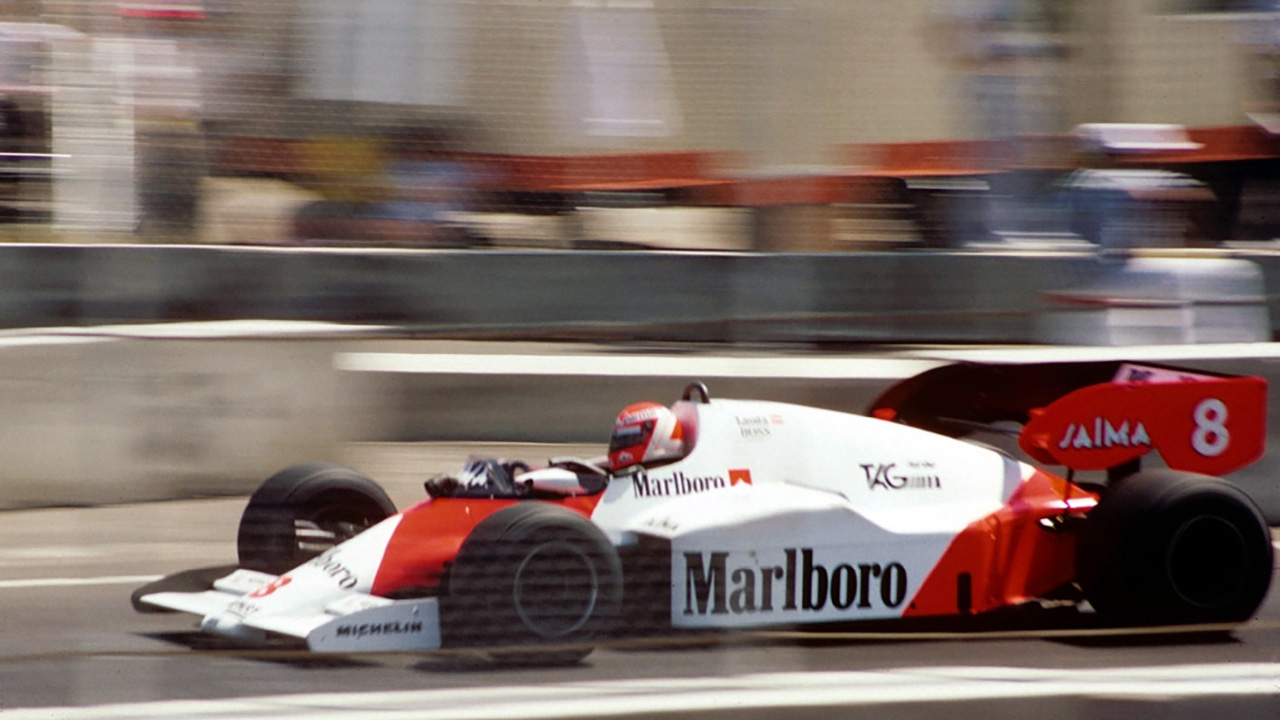
The McLaren MP4/4 is often hailed as one of the most dominant cars in Formula 1 history. Driven by Ayrton Senna and Alain Prost, the MP4/4 won 15 out of 16 races in the 1988 season. Its low-slung design and powerful Honda engine made it nearly unbeatable on the track. The car’s success was a testament to McLaren’s engineering excellence and strategic prowess.
With its innovative aerodynamics and superior speed, the MP4/4 set new standards in F1 car design. The partnership between Senna and Prost, although fraught with tension, pushed the team to new heights, making the 1988 season one of the most memorable in F1 history.
Ferrari F2004
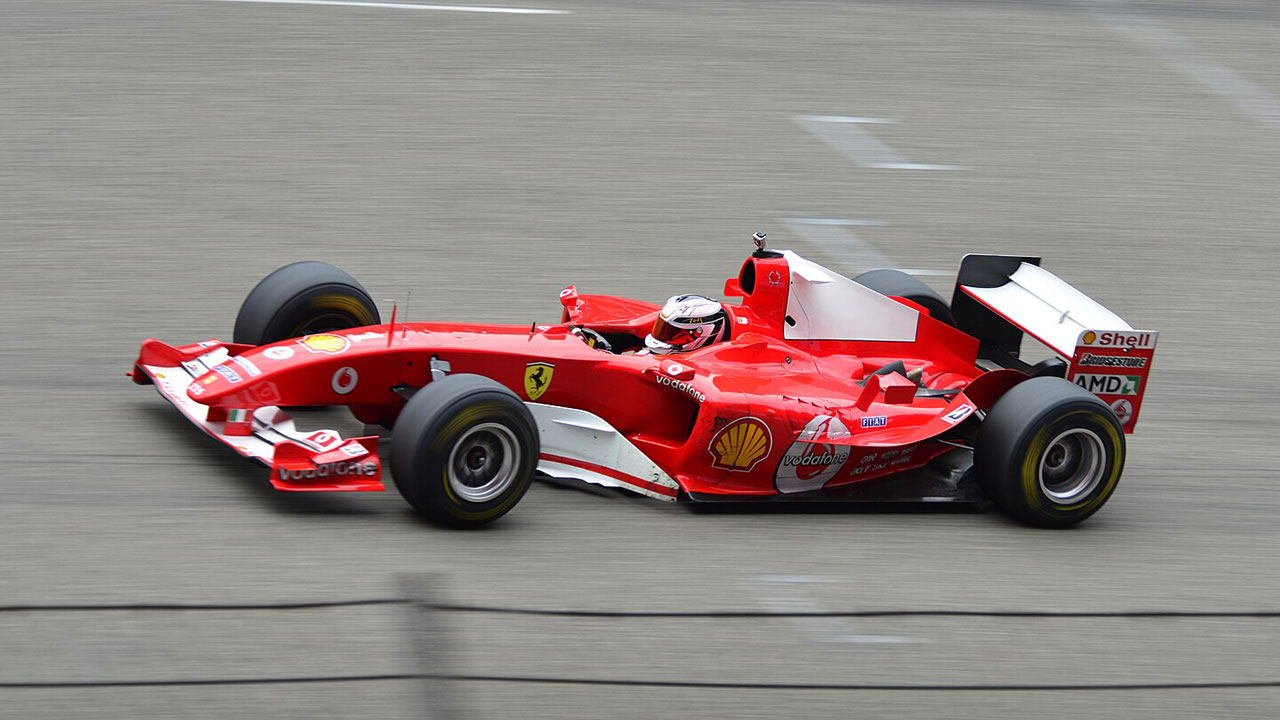
The Ferrari F2004, driven by Michael Schumacher and Rubens Barrichello, was a masterpiece of engineering that dominated the 2004 season. With Schumacher at the wheel, the F2004 secured 15 wins out of 18 races, showcasing Ferrari’s technical superiority. The car’s V10 engine and advanced aerodynamics made it a formidable competitor.
Ferrari’s dominance with the F2004 was a result of meticulous design and relentless testing. The car’s performance cemented Schumacher’s legacy as one of the greatest drivers in F1 history and highlighted Ferrari’s commitment to excellence in motorsport.
Williams FW14B
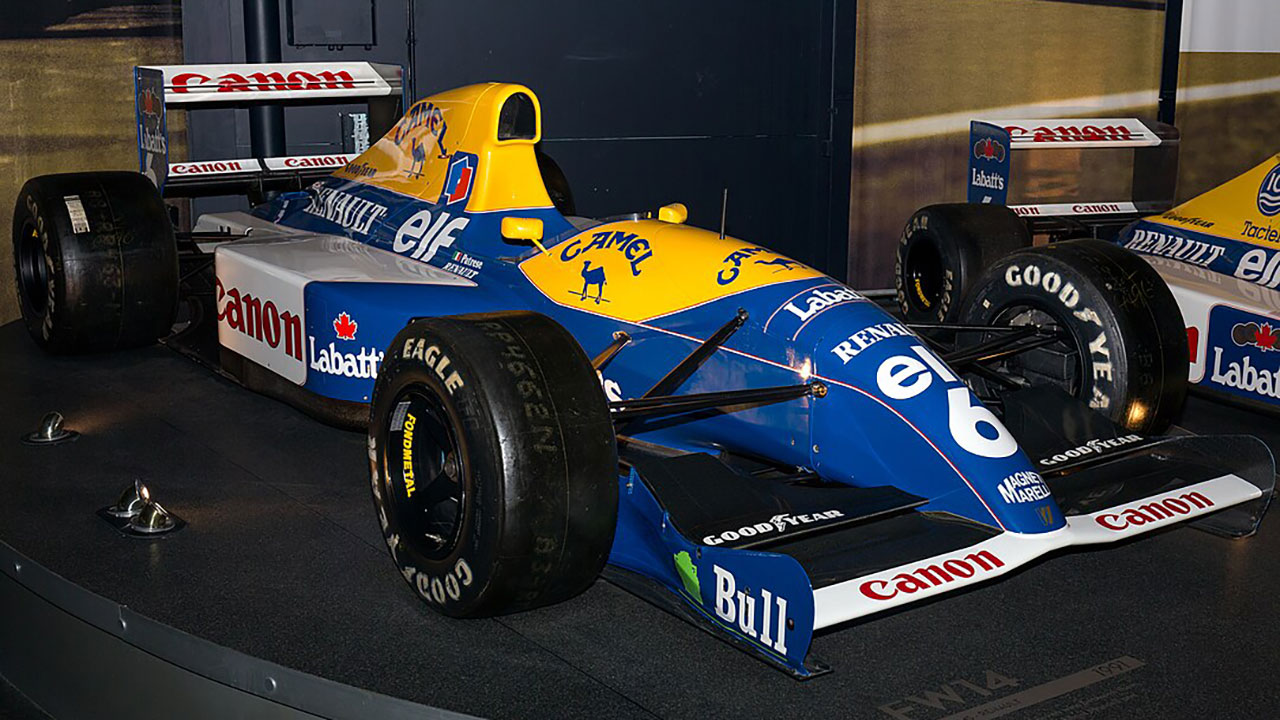
The Williams FW14B, driven by Nigel Mansell, was a technological marvel that revolutionized Formula 1 in 1992. Equipped with active suspension, traction control, and a semi-automatic gearbox, the FW14B was ahead of its time. Mansell’s commanding performance led to nine victories and secured the championship with ease.
Williams’ innovative approach with the FW14B set a new benchmark for F1 car design. The car’s success was a culmination of cutting-edge technology and driver skill, making it a standout in the history of the sport.
Red Bull RB7
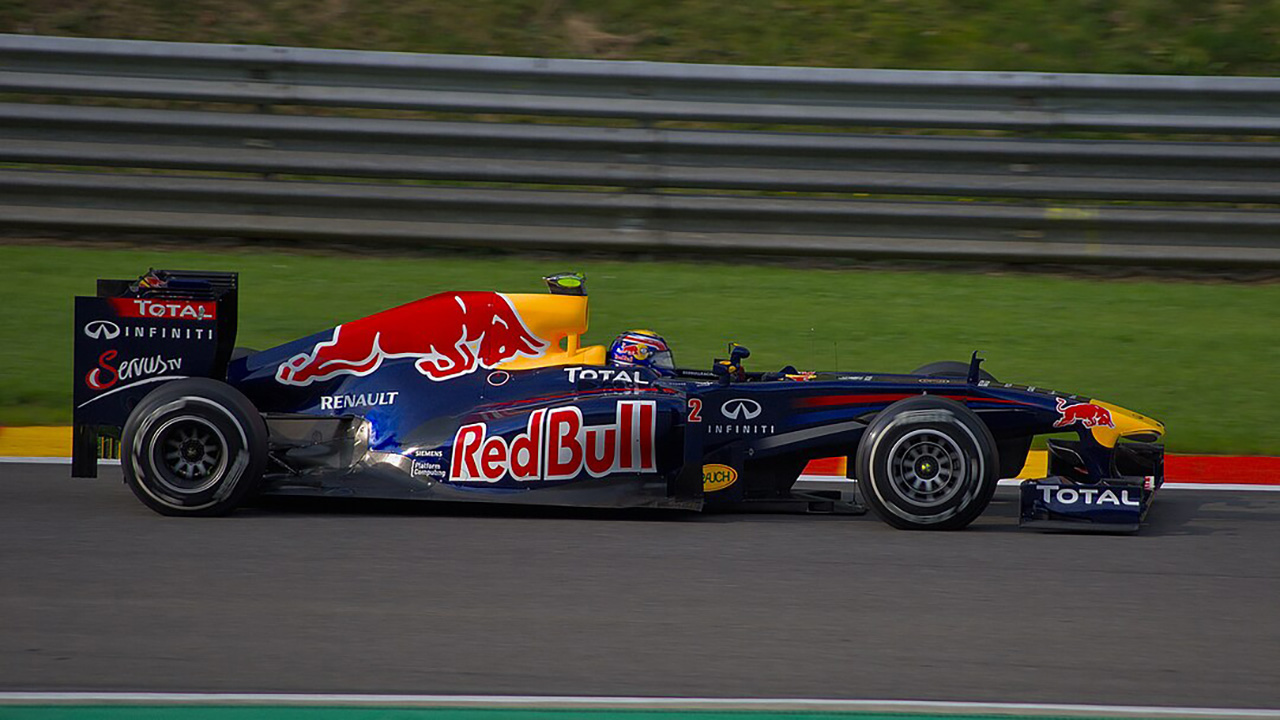
The Red Bull RB7, driven by Sebastian Vettel, was the car to beat in the 2011 season. Designed by Adrian Newey, the RB7 featured advanced aerodynamics and a powerful Renault engine. Vettel’s skillful driving and the car’s superior performance led to 11 wins and a dominant championship victory.
Red Bull’s strategic innovation and focus on aerodynamics paid off with the RB7. The car’s success marked the beginning of Red Bull’s dominance in Formula 1, showcasing their ability to compete at the highest level.
Lotus 72
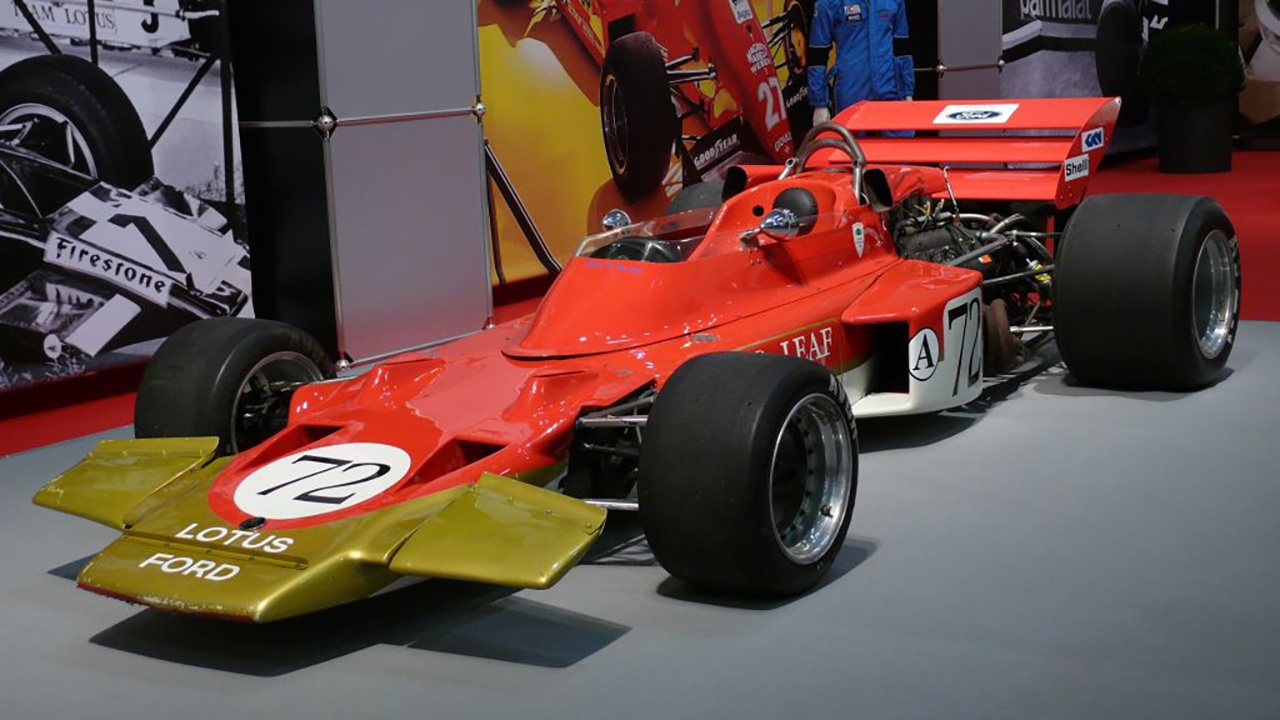
The Lotus 72, introduced in 1970, was a revolutionary design that changed the landscape of Formula 1. With its wedge-shaped body and side-mounted radiators, the Lotus 72 was a leap forward in aerodynamics. Driven by Jochen Rindt and later Emerson Fittipaldi, the car achieved significant success, including Rindt’s posthumous championship in 1970.
The Lotus 72’s innovative design and engineering excellence set new standards in F1. Its success demonstrated the importance of aerodynamics in car performance, influencing future designs in the sport.
Mercedes W11
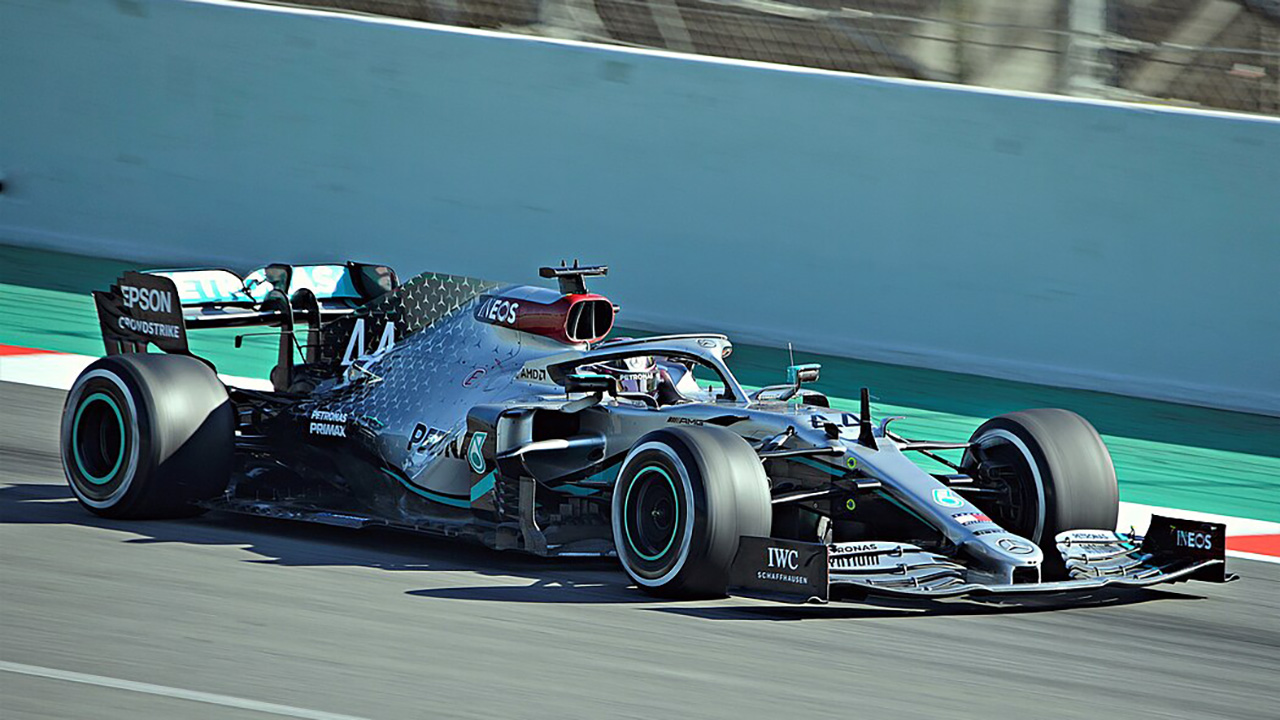
The Mercedes W11, driven by Lewis Hamilton and Valtteri Bottas, was a dominant force in the 2020 season. With its powerful engine and advanced aerodynamics, the W11 secured 13 wins out of 17 races. Hamilton’s exceptional driving and the car’s superior performance led to another championship for Mercedes.
Mercedes’ focus on innovation and performance with the W11 solidified their position as the leading team in Formula 1. The car’s success was a testament to the team’s engineering prowess and strategic excellence.
Renault R25
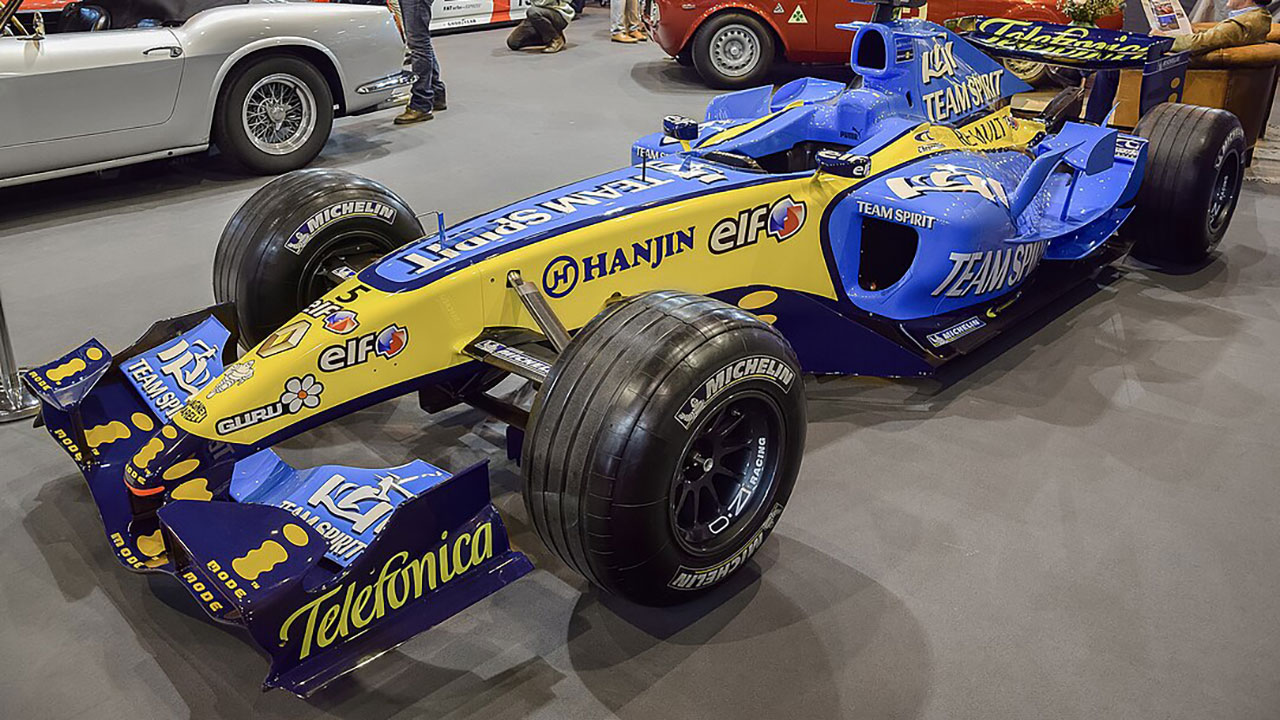
The Renault R25, driven by Fernando Alonso, was a key player in the 2005 season. With its powerful engine and innovative design, the R25 ended Ferrari’s dominance and secured Renault’s first constructors’ championship. Alonso’s skillful driving and the car’s reliability led to seven wins and a championship victory.
Renault’s strategic focus on performance and reliability with the R25 paid off, marking a new era in Formula 1. The car’s success highlighted the importance of innovation and teamwork in achieving championship glory.
Brabham BT46B

The Brabham BT46B, known as the “fan car,” was a unique design that made a brief but memorable impact in 1978. Driven by Niki Lauda, the BT46B featured a large fan at the rear, which created significant downforce. The car won its only race at the Swedish Grand Prix before being withdrawn due to controversy over its design.
The BT46B’s innovative approach to aerodynamics demonstrated the potential of creative engineering in Formula 1. Although its time on the track was short-lived, the car remains an iconic example of out-of-the-box thinking in motorsport.
Like Fast Lane Only’s content? Be sure to follow us.
Here’s more from us:
*Created with AI assistance and editor review.

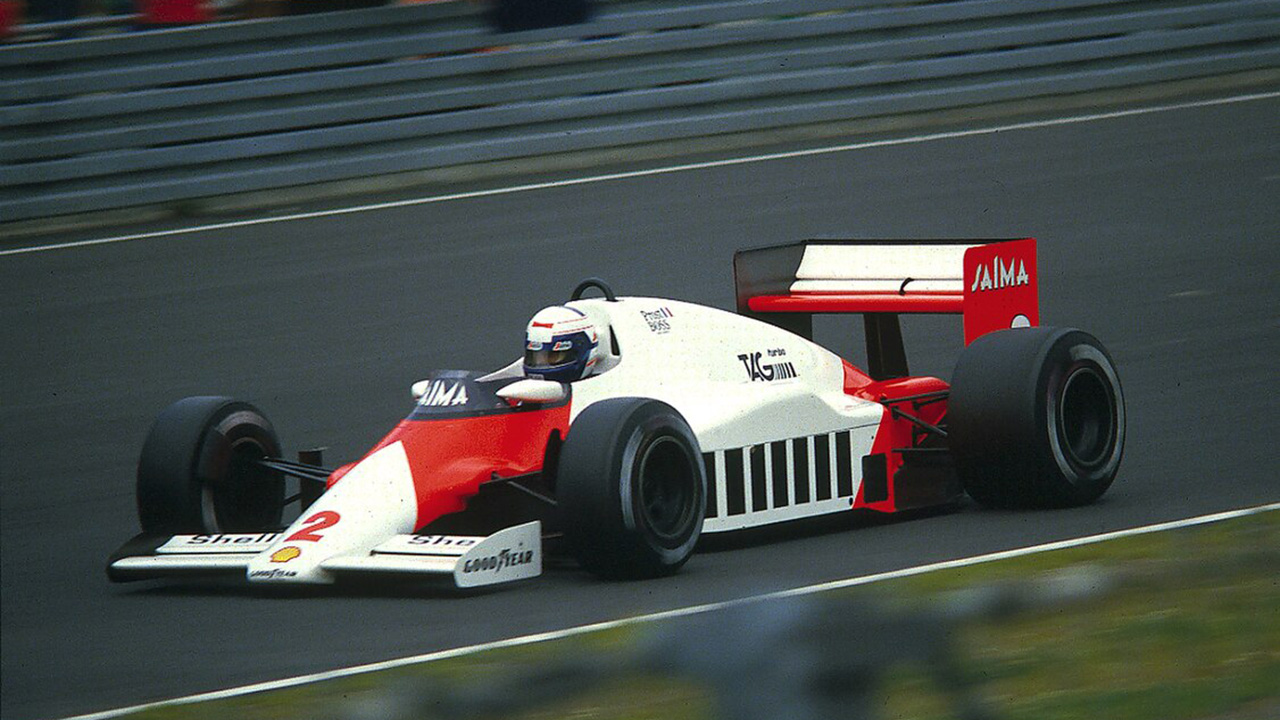
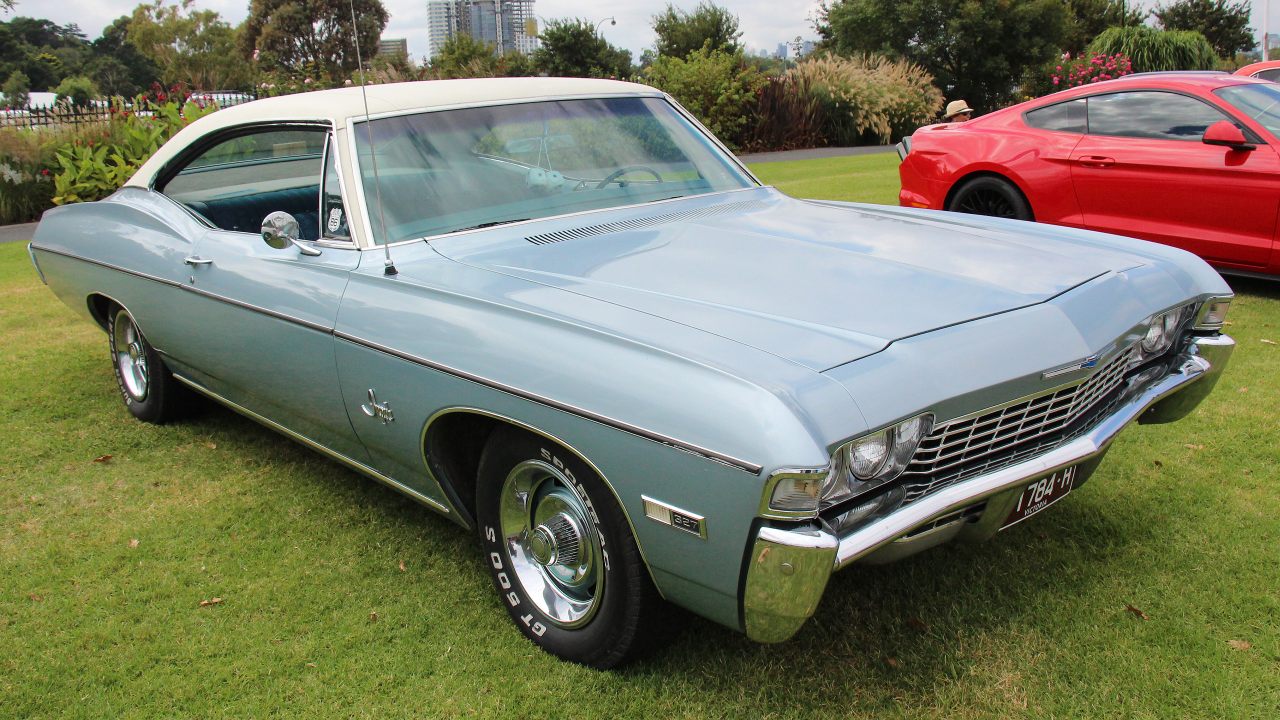
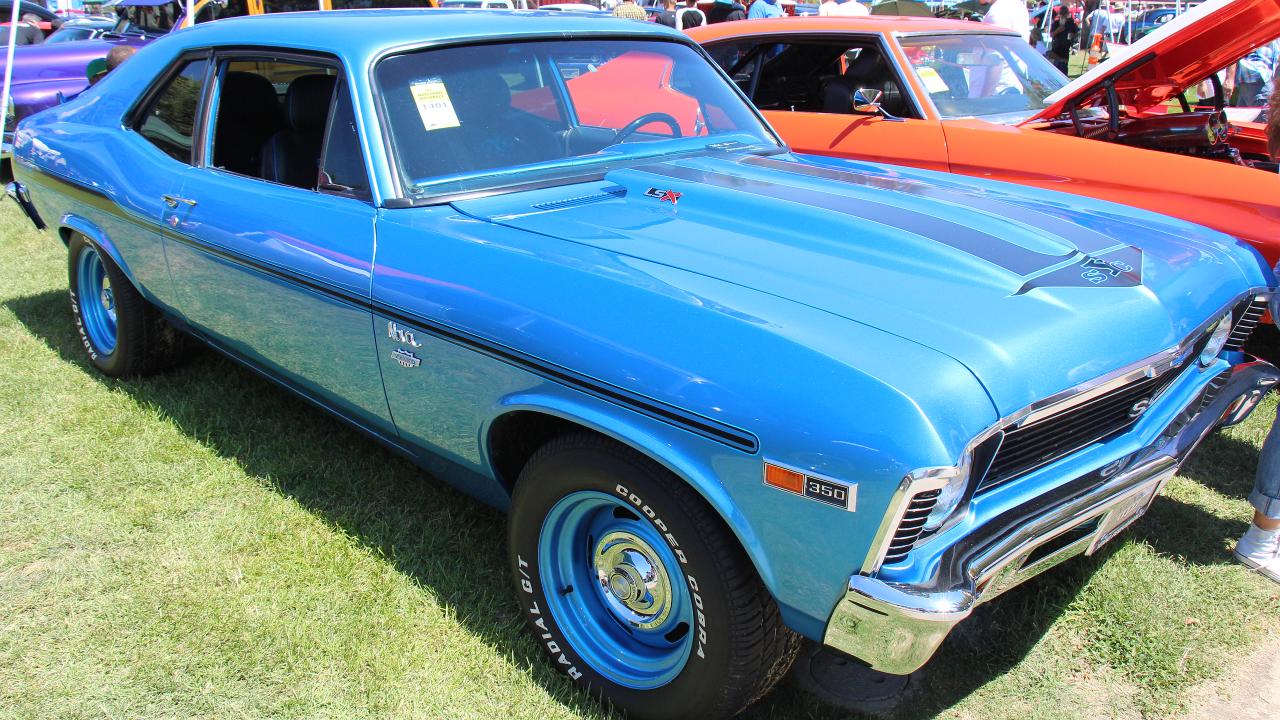
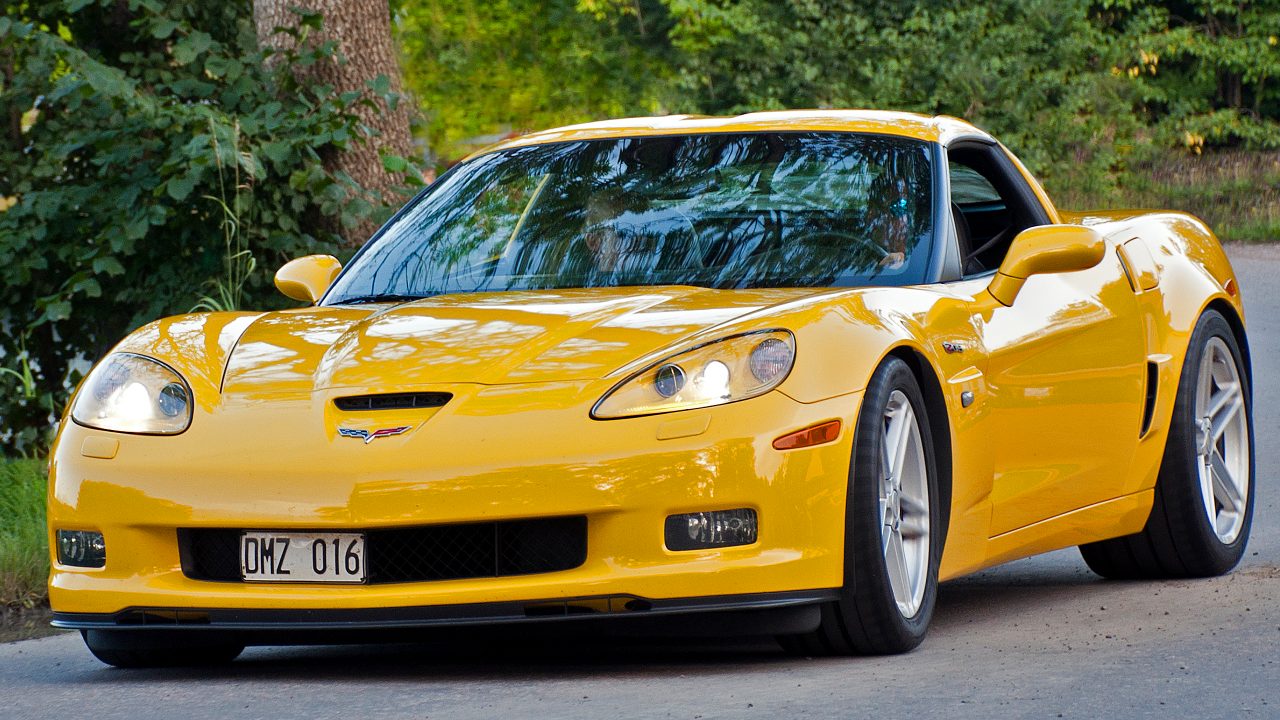


Leave a Reply